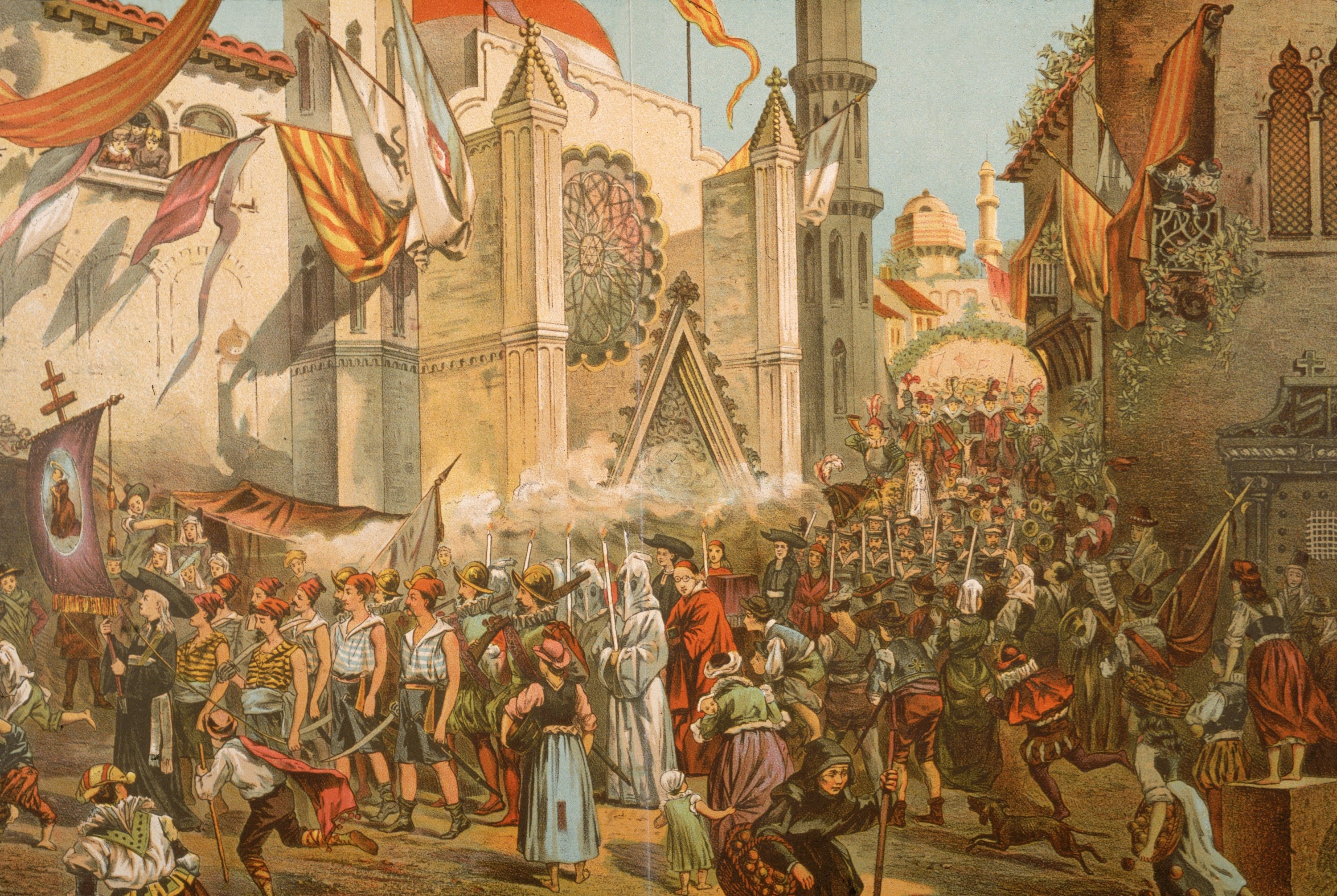© Turkuvaz Haberleşme ve Yayıncılık 2025
Odysseus and his men setting sail for their homeland of Ithaca, a long and adventurous journey home after the Trojan War, still stands as one of the most epic journeys in the literary world. Yet, the voyage of Ferdinand Magellan that took place in the early 16th century dismissed forever the notion of mythological places and creatures, proving that all four corners of the globe were known to be inhabited by human beings.
The 500th anniversary of this remarkable journey, the inaugural circumnavigation of the Earth, an awe-inspiring milestone in the annals of human exploration and maritime history, was celebrated in Istanbul, where cultures have intersected throughout history and continue to do so.
The "Encounter Between Three Worlds: 500 Years After the First Circumnavigation of the Earth" exhibition, hosted at the Kadıköy Barış Manço Center in Türkiye, was a remarkable collaboration between the Chilean Embassy and the Istanbul Cervantes Institute. The event was graced by the presence of Ambassador Rodrigo Arcos of Chile and Cervantes Institute Director Fernando Vara de Rey, during its opening. This exhibition offered visitors a chronological journey through the legendary expedition, providing a comprehensive view of the entire circumnavigation from its inception to its completion.
The exhibition, primarily assembled by the National Library with support from the Cultural Centre of Spain in Chile and the Camoes Institute in Chile, aims to underscore how centuries of knowledge, research, and experimentation converged through the actions of a select few individuals.

Speaking at the opening of the exhibition, Arcos said: "Magellan's discovery of the strait and his voyage across the Pacific Ocean played a pivotal role in incorporating Chile into the annals of modern world history. Magellan's passage through the strait that now bears his name, connecting the Atlantic and Pacific Oceans, marked the first known European encounter with these lands and their inhabitants, as he left records of his observations. Sixteen years later, Spanish explorers, led by Diego de Almagro, would arrive in Chile by land, coming from the north. Through this exposition, the Republic of Chile seeks to commemorate the 500 years of the strait, the essential passage between the world's two largest oceans, and the communication route that connected our country with the rest of the Western world for over 400 years. It represents the path of immigrants, culture, development and modernity."
"Prior to the Ferdinand Magallanes-Juan Sebastian Elcano expedition, the territory currently comprising the Republic of Chile and the western coast of South America remained absent from Western historical records, cartography, exploratory travel accounts and reports about their inhabitants. Upon the conclusion of their voyage, several crucial discoveries were made. They proved the Earth's spherical shape, uncovered a westward passage to reach the East, encountered new continents, encountered a diverse array of cultures and peoples, and initiated the dawn of global history and the onset of globalization," he added.

Simultaneously, the inauguration of such an exhibition in Istanbul, spearheaded by the Chilean Embassy, underscores the city's exceptional role in this extraordinary expedition.
"The competition to establish trading centers and communication routes along the coasts of Africa and later along the coasts of South America was stimulated by the presence of the Ottoman Empire and its absolute dominance in the Mediterranean. The conquest of Constantinople by Sultan Mehmed II, or Mehmed the Conquerer, in 1453 and the fall of the Eastern Roman Empire disrupted trade routes to the Far East, trade in spices, and products that were already in high demand and known in Europe. This marked the beginning of exploration to the west, such as Christopher Columbus's adventure in 1492, subsequent expeditions that sought a route to the East, and those which, by early 1516, had reached their southernmost point on the shores of the Rio de la Plata," Arcos explained.
"These expeditions, especially the one led by Magellan and completed by Elcano, serve as a connecting thread between the history of Türkiye and the history of Chile and all of our Americas. With this exhibition, the Chilean Embassy in Türkiye aims to share this great adventure with its visitors, highlighting the fact that in the achievements of a few, centuries of knowledge, research, and experimentation converge. It underscores that humanity began to discover itself at the farthest reaches of our national geography," he remarked.
In the recently explored region, two distinct environments have captured attention: the archipelagos and southern channels, where thriving communities of the Kawesqar and Yagan peoples are dedicated to fishing and gathering, and the vast Patagonian and Tierra del Fuego steppes, where hunter-gatherer groups from the Aonikenk and Selk'nam communities roam.
In the contemporary era, it's remarkable that the Yagan and Kawesqar communities continue to flourish in Chile and Argentina. They are actively engaged in revitalizing and preserving their ancient cultures, showcasing their enduring commitment to their rich heritage.
